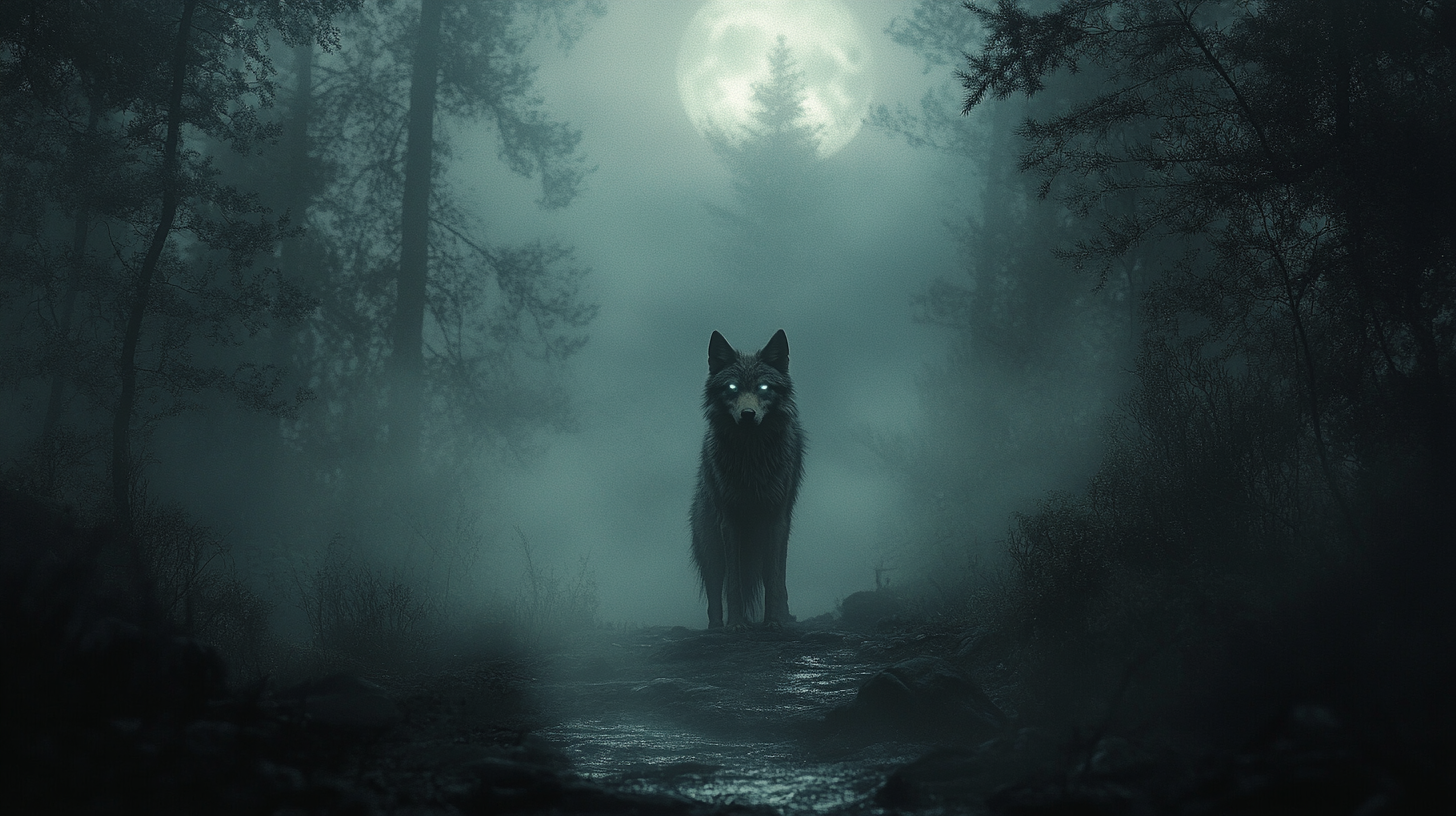Hiking through nature brings the possibility of encountering wildlife, from small animals like squirrels and birds to large, potentially dangerous creatures like bears, mountain lions, or snakes. While these encounters can be thrilling, they also come with risks. Knowing how to respond properly when encountering wildlife can prevent conflicts, keep you safe, and protect the animals in their natural habitat.
This guide covers how to handle wildlife encounters, including preventative measures, safe responses for different animals, and emergency actions in case of an unexpected confrontation.
General Wildlife Safety Tips
1. Be Aware of Your Surroundings
✔ Always stay alert and scan the trail for movement.
✔ Avoid wearing headphones or being distracted.
✔ Pay attention to animal tracks, droppings, and claw marks.
2. Make Noise
✔ Talk or sing while hiking, especially in dense forests.
✔ Clap your hands or use trekking poles to create noise.
✔ Avoid startling animals—most will avoid human presence if they hear you coming.
3. Hike in Groups
✔ Larger groups are less likely to have negative wildlife encounters.
✔ Animals tend to avoid groups of people over solo hikers.
4. Store and Handle Food Properly
✔ Use bear-proof containers or hang food in a tree in wildlife-heavy areas.
✔ Never leave food scraps behind—this attracts animals.
✔ Avoid carrying strong-smelling foods.
5. Follow Park and Trail Guidelines
✔ Obey signs and regulations regarding wildlife.
✔ Stay on designated trails to reduce surprise encounters.
✔ Never attempt to feed or approach wildlife.
What to Do When Encountering Specific Wildlife
Different animals require different responses. Here’s how to handle encounters with common trail wildlife.
🐻 Bears
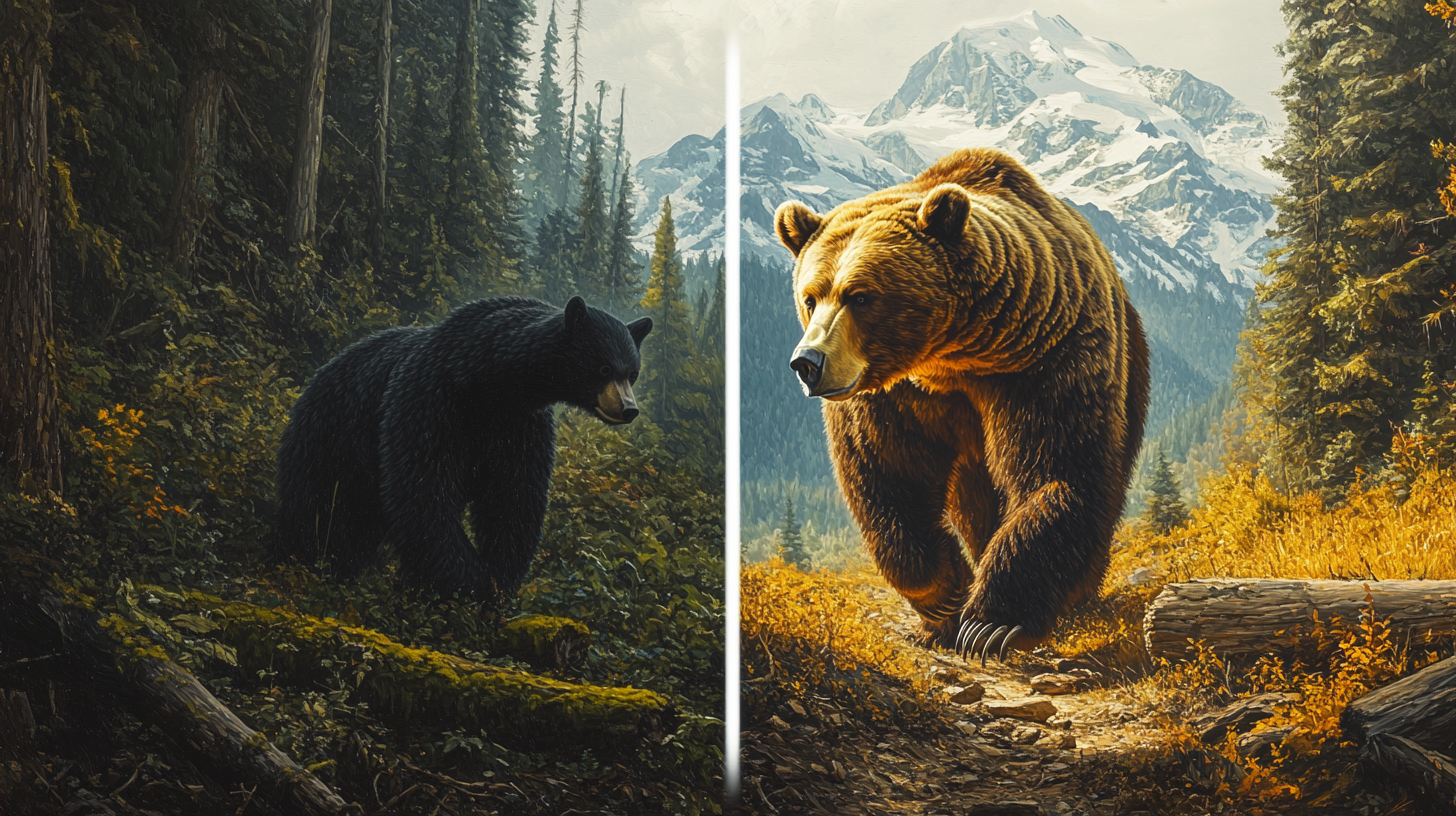
Black Bears
If the bear hasn’t noticed you:
✔ Stay quiet and slowly back away—avoid drawing attention.
If the bear notices you but doesn’t approach:
✔ Make yourself look bigger by standing tall and raising your arms.
✔ Speak calmly but firmly—don’t scream or run.
If the bear approaches you:
✔ Do not run! Running can trigger a chase.
✔ Throw small objects (not food) to distract it.
If the bear charges:
✔ Black bears can be deterred—make loud noises, wave your arms, and stand your ground.
✔ Use bear spray if it gets within 30 feet.
If the bear attacks:
✔ Fight back aggressively—aim for the face and eyes.
Grizzly Bears
If the bear charges:
✔ Drop to the ground, lie on your stomach, and play dead.
✔ Protect your neck with your hands.
✔ Stay down until the bear leaves the area.
🐺 Wolves & Coyotes
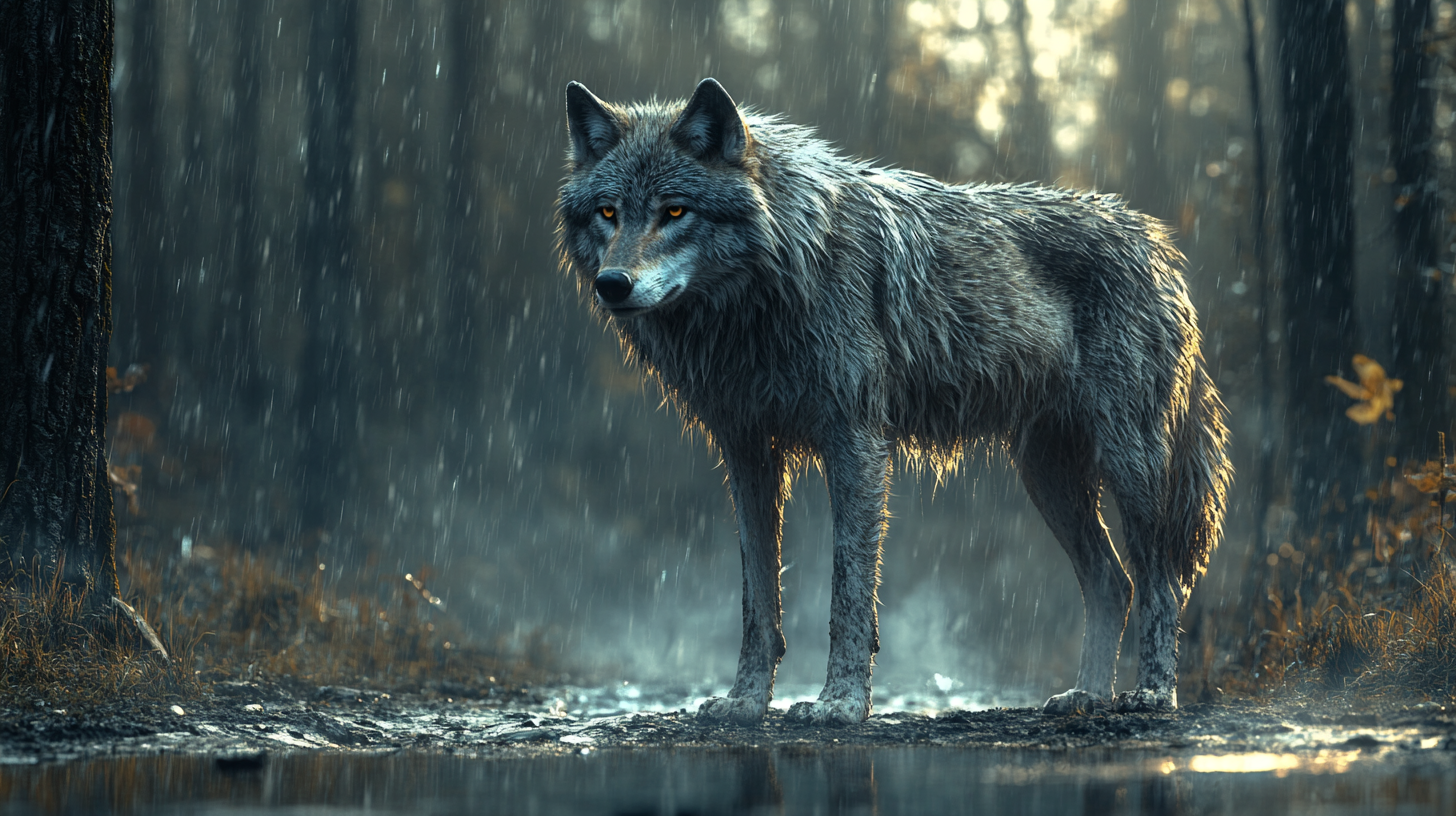
If you see a wolf or coyote from a distance:
✔ Maintain eye contact and do not turn your back.
✔ Slowly back away while facing the animal.
If a wolf or coyote approaches:
✔ Make yourself look larger by raising your arms.
✔ Shout or throw small objects to scare it away.
If attacked:
✔ Fight back aggressively.
✔ Use sticks, rocks, or trekking poles to defend yourself.
🐍 Snakes
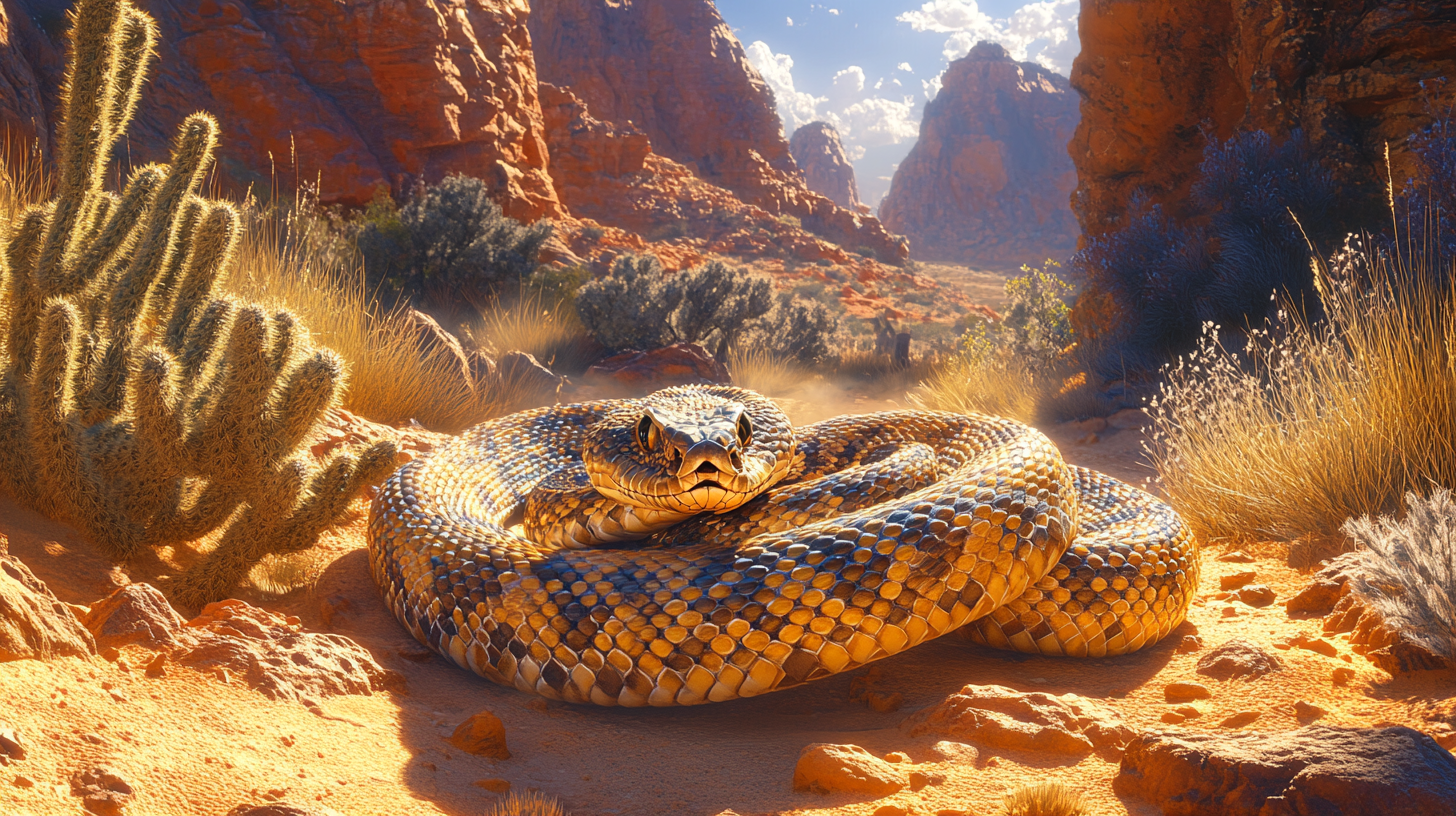
If you see a snake on the trail:
✔ Stop and slowly move away—most snakes do not attack unless provoked.
✔ Do not attempt to touch or kill it.
✔ Identify venomous snakes based on head shape (triangular heads usually indicate venomous species).
If bitten by a snake:
✔ Stay calm—panicking increases venom spread.
✔ Keep the bitten area below heart level.
✔ Seek medical help immediately.
✔ Do NOT: Attempt to suck out venom, apply ice, or use a tourniquet.
🐱 Mountain Lions (Cougars, Pumas)
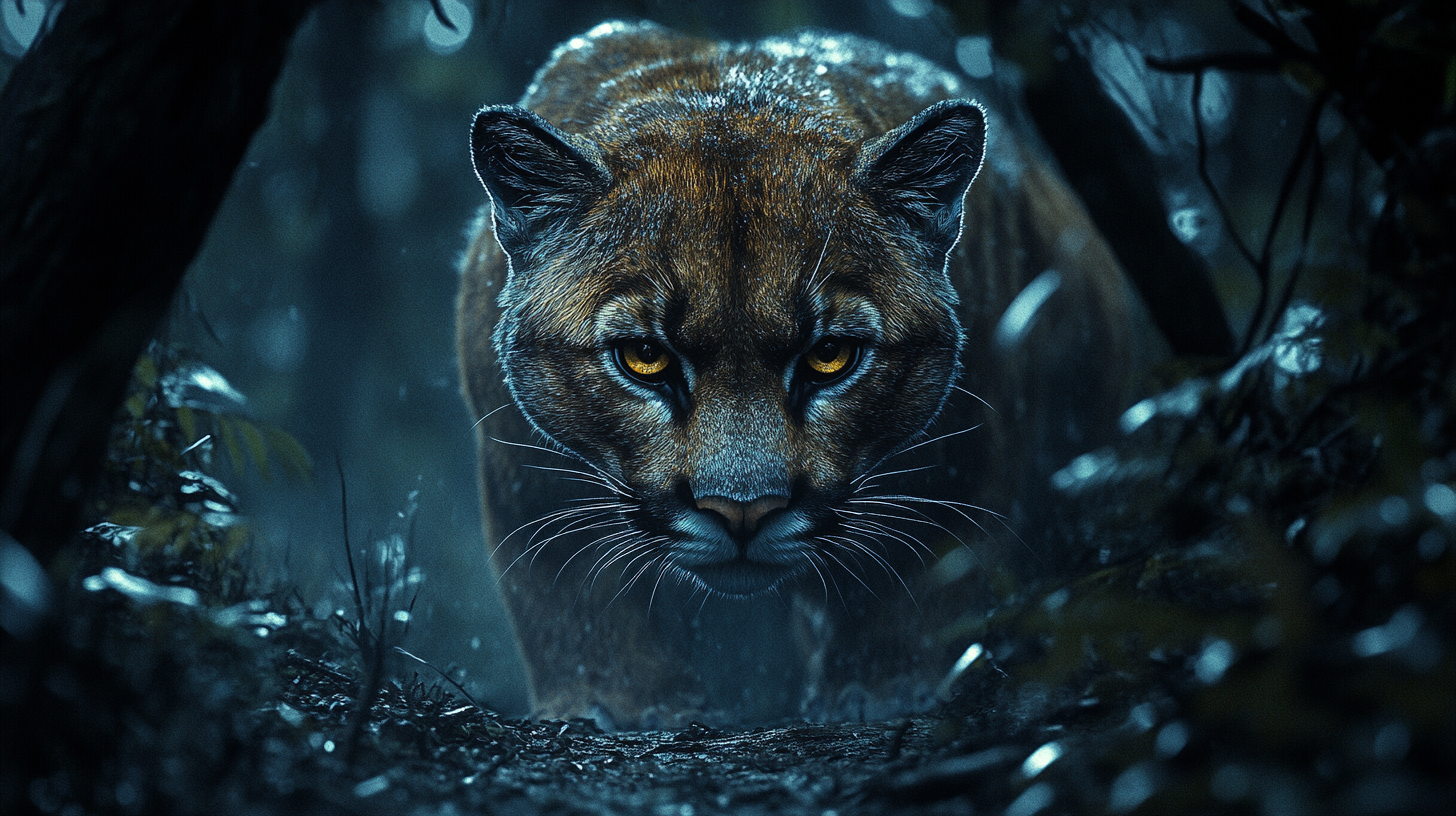
If you spot a mountain lion:
✔ Do not run—running triggers a chase instinct.
✔ Maintain eye contact and make yourself look as large as possible.
✔ Speak calmly and firmly while slowly backing away.
If the mountain lion starts stalking you:
✔ Raise your arms and act aggressive.
✔ If it charges, fight back fiercely—use rocks, trekking poles, or sticks.
✔ Aim for the face and eyes.
🦌 Moose & Elk
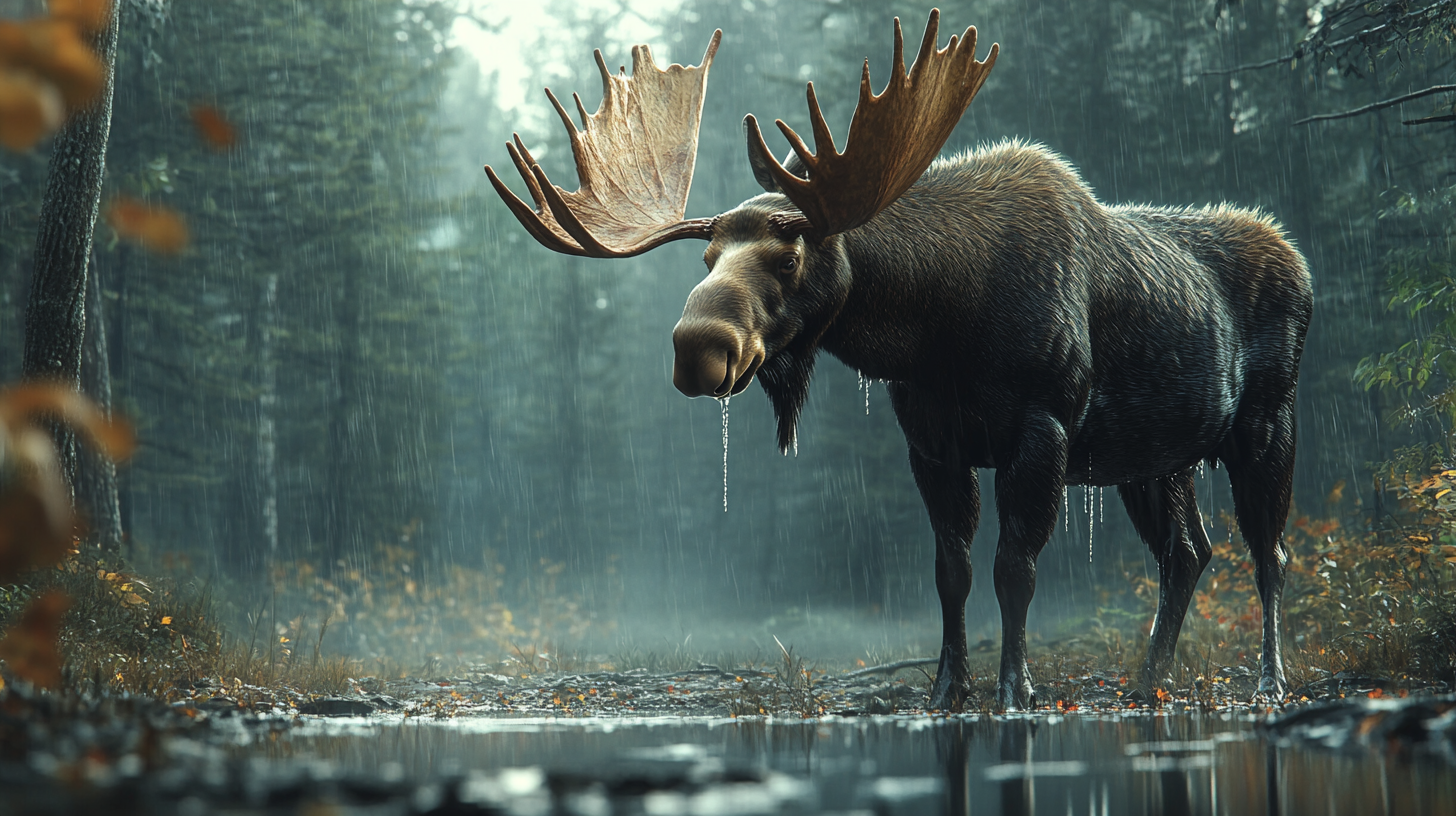
If you see a moose or elk from a distance:
✔ Give it plenty of space—moose can be highly unpredictable.
✔ Never block its path or get between a mother and her calf.
If a moose charges:
✔ Run and put a tree or large object between you and the moose.
✔ Unlike predators, moose do not pursue if you run away.
🐗 Wild Boars
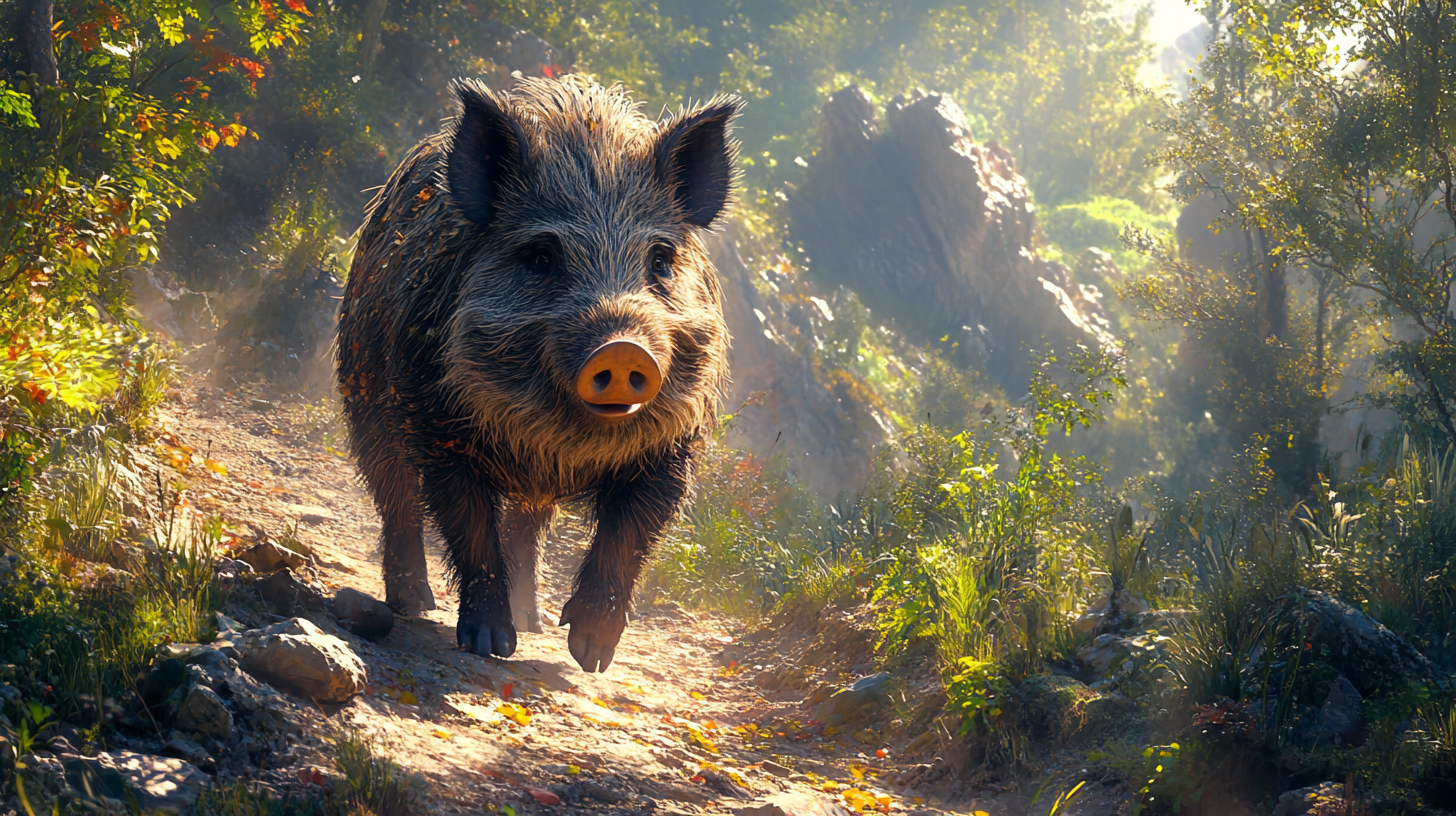
If you see a wild boar:
✔ Slowly and calmly back away.
✔ Avoid getting between a mother and her piglets.
If a boar charges:
✔ Climb a tree or seek higher ground.
✔ If attacked, aim for the boar’s sensitive snout.
🏔️ Mountain Goats

🔹 If you see a mountain goat:
✔ Stay at least 50 yards away—they can be unpredictable.
✔ Do not block their path or approach them for photos.
✔ Avoid urinating on trails, as salt in urine attracts them.
🔹 If a mountain goat moves toward you:
✔ Slowly back away without turning your back.
✔ Avoid direct eye contact, which can be seen as a challenge.
✔ If it follows, throw small rocks or yell to deter it.
🔹 If a mountain goat charges:
✔ Move behind a tree, rock, or large object for protection.
✔ Do not try to fight it—its sharp horns can be deadly.
✔ If knocked down, curl up and protect your head and neck.
🦬 Bison
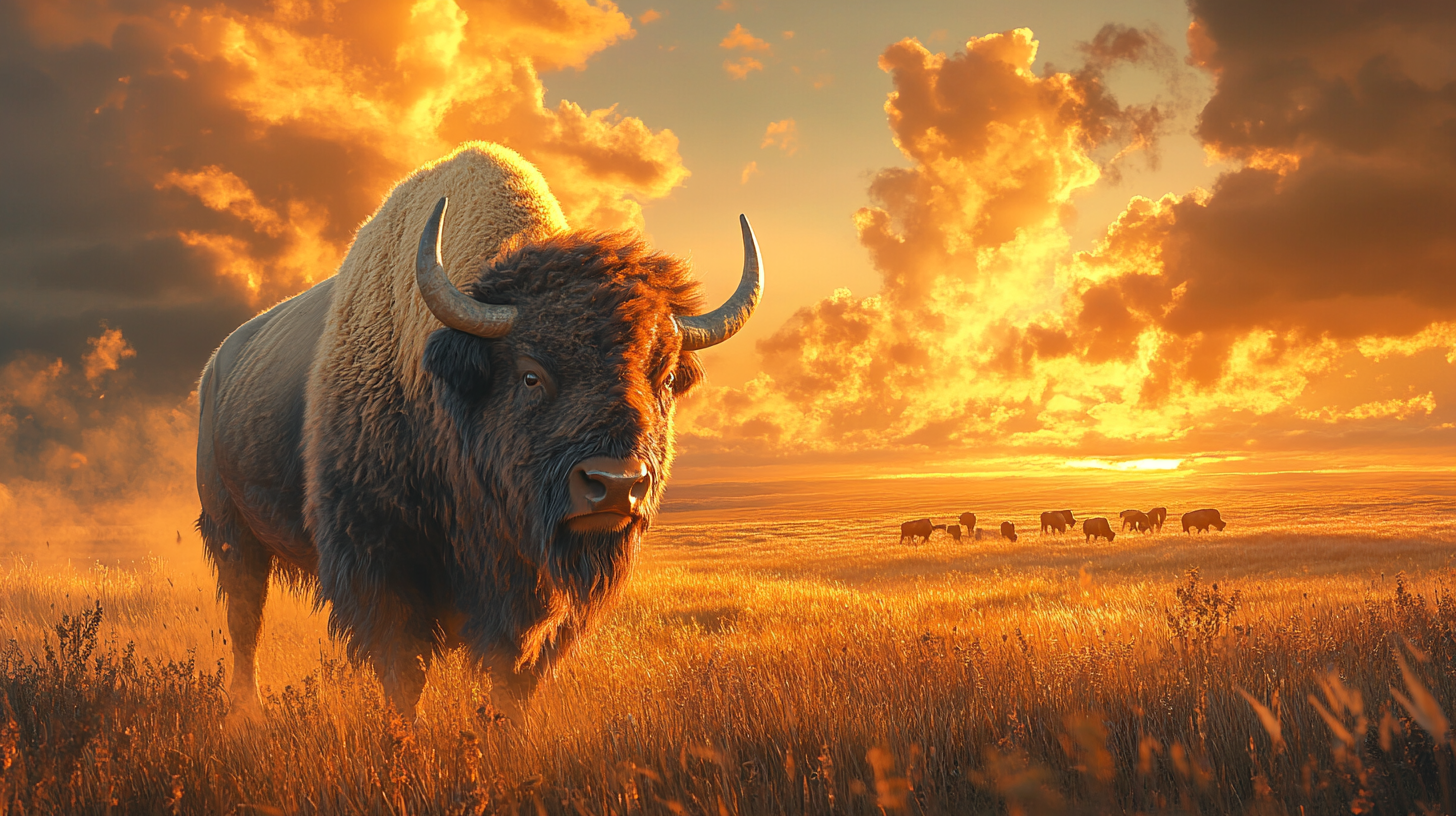
If you see a bison:
✔ Stay at least 75 yards away—bison are faster than they look.
✔ Never approach or attempt to feed them.
✔ Give them space to move, especially near trails or roads.
If a bison becomes aggressive:
✔ Watch for signs of agitation—head lowering, pawing the ground, snorting.
✔ Run immediately behind a tree, large rock, or structure for cover.
✔ Never turn your back while retreating.
If a bison charges:
✔ If possible, dodge sideways—bison have poor turning ability.
✔ If knocked down, stay on the ground and play dead.
✔ Do not get up until the bison has moved away.
Emergency Actions if an Animal Becomes Aggressive
✔ Use Bear Spray: Works on bears, mountain lions, and other large animals.
✔ Climb a Tree: Some animals (like moose) are less likely to follow.
✔ Throw Rocks or Sticks: If necessary, use objects as a deterrent.
✔ Retreat to a Safe Location: Find shelter or move toward a populated area.
Pro Tip: If traveling in areas with large predators, carry bear spray or a personal alarm.
Respect Wildlife: Final Tips to Roam Safely
Encounters with wildlife are part of the outdoor experience, but understanding how to react ensures safety for both hikers and animals. Prevention is key—by making noise, securing food, and respecting wildlife, you minimize risks and enjoy the natural world responsibly.
Here’s a summary for What to Do When Encountering Specific Wildlife:
| Wildlife | If You See It from a Distance | If It Approaches | If It Attacks |
|---|---|---|---|
| Bears (Black & Grizzly) | Stay calm, back away slowly. Do not run. | Make yourself look bigger, speak calmly. Use bear spray if it gets close. | Black bear: Fight back. Grizzly bear: Play dead (unless it starts feeding on you, then fight back). |
| Mountain Lions | Maintain eye contact, make yourself look large. | Raise arms, act aggressive, slowly back away. | Fight back aggressively, aim for face & eyes. |
| Wolves & Coyotes | Do not run, maintain eye contact, back away slowly. | Shout, throw small objects, make yourself appear larger. | Fight back, use sticks or rocks to defend yourself. |
| Moose & Elk | Stay at least 50 yards away, do not block its path. | If it lowers its head, flattens ears, or charges, run and put a tree between you. | If knocked down, curl into a ball, protect head and neck. |
| Wild Boars | Keep your distance, back away slowly. | Do not corner it, find higher ground or climb a tree. | Use rocks or sticks to defend yourself. Aim for the snout. |
| Snakes | Stop and move away slowly, do not provoke. | Avoid sudden movements, give it space. | If bitten: Stay calm, keep the bite area below heart level, and seek medical help. Do not suck out venom or use a tourniquet. |
| Mountain Goats | Keep at least 50 yards away, do not block its path. | If it moves toward you, slowly back away. Avoid eye contact. | If it charges, move behind a tree or rock. Do not try to fight it. |
| Bison | Stay at least 75 yards away, never approach. | If it starts pawing the ground or lowering its head, run immediately behind a tree or large object. | If charged, try to escape. If knocked down, stay on the ground and play dead until it leaves. |
This table makes it easy to reference proper responses for different wildlife encounters while hiking.
Before your next hike, review trail-specific wildlife information, pack essential safety gear, and remember: stay calm, be aware, and never run.

